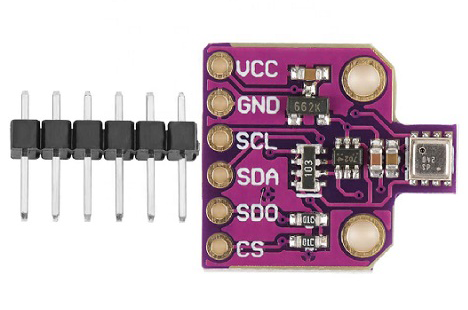BME680 Environmental Sensor
RWF 25,000
BME680 is an environmental sensor that combines gas, pressure, humidity and temperature sensors. The gas sensor can detect a broad range of gases like volatile organic compounds (VOC).
Product Description
BME680 is a 4-in-1 digital sensor with gas, humidity, pressure and temperature measurement based on proven detection principles. Its small dimensions and low power consumption allow integration into battery-powered or frequency-coupled devices, such as handsets or laptops
Specifications
The BME680 is a 4-in-1 digital sensor that measures:
The gas sensor gives you a qualitative idea of VOCs gasses in the surrounding air. So, you can get trends, compare your results and see if the air quality is increasing or decreasing. To get precise measurements, you need to calibrate the sensor against knows sources and build a calibration curve.
Specifications
- Power requirements: +3.3 VDC to +5 VDC; maximum 20 mA
- Typical current consumption:
- 7 �A at 1 Hz humidity, pressure and temperature
- 09?12 mA for p/h/T/gas depending on operation mode
- 15 �A in sleep mode
- Absolute barometric pressure: range 300�1100 hPa; �0.12 hPa
- Relative humidity: range, 0�100%; �3%
- Temperature: range -40 to +85 �C; resolution 0.01�C, �0.5�C typical
- Gas sensor resolution: 0.08% typical
- Communication: I2C (100 or 400 kHz) or SPI (3 and 4 wire, up to 10 MHz)
- Operating temperature: -40 to +185 �F (-40 to +85 �C),
- Operating environment: 0?100% r.H., 300?1100 hPa
- Form factor: 6-pin male header with 0.1? spacing
- PCB dimensions: 20 x 18 mm
- Mounting holes: Two holes suitable for #3 UNC (M2.5) hardware
BME680 Measurements
The BME680 is a 4-in-1 digital sensor that measures:
- Temperature
- Humidity
- Barometric pressure
- Gas: Volatile Organic Compounds (VOC) like ethanol and carbon monoxide
Relevant Information Regarding Gas Sensor
The gas sensor gives you a qualitative idea of VOCs gasses in the surrounding air. So, you can get trends, compare your results and see if the air quality is increasing or decreasing. To get precise measurements, you need to calibrate the sensor against knows sources and build a calibration curve.
Related Products
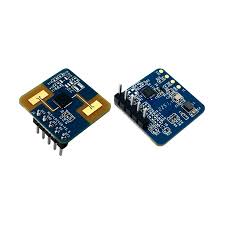
HLK-LD2420 24GHz Low-Power Hum...
RWF 9,000
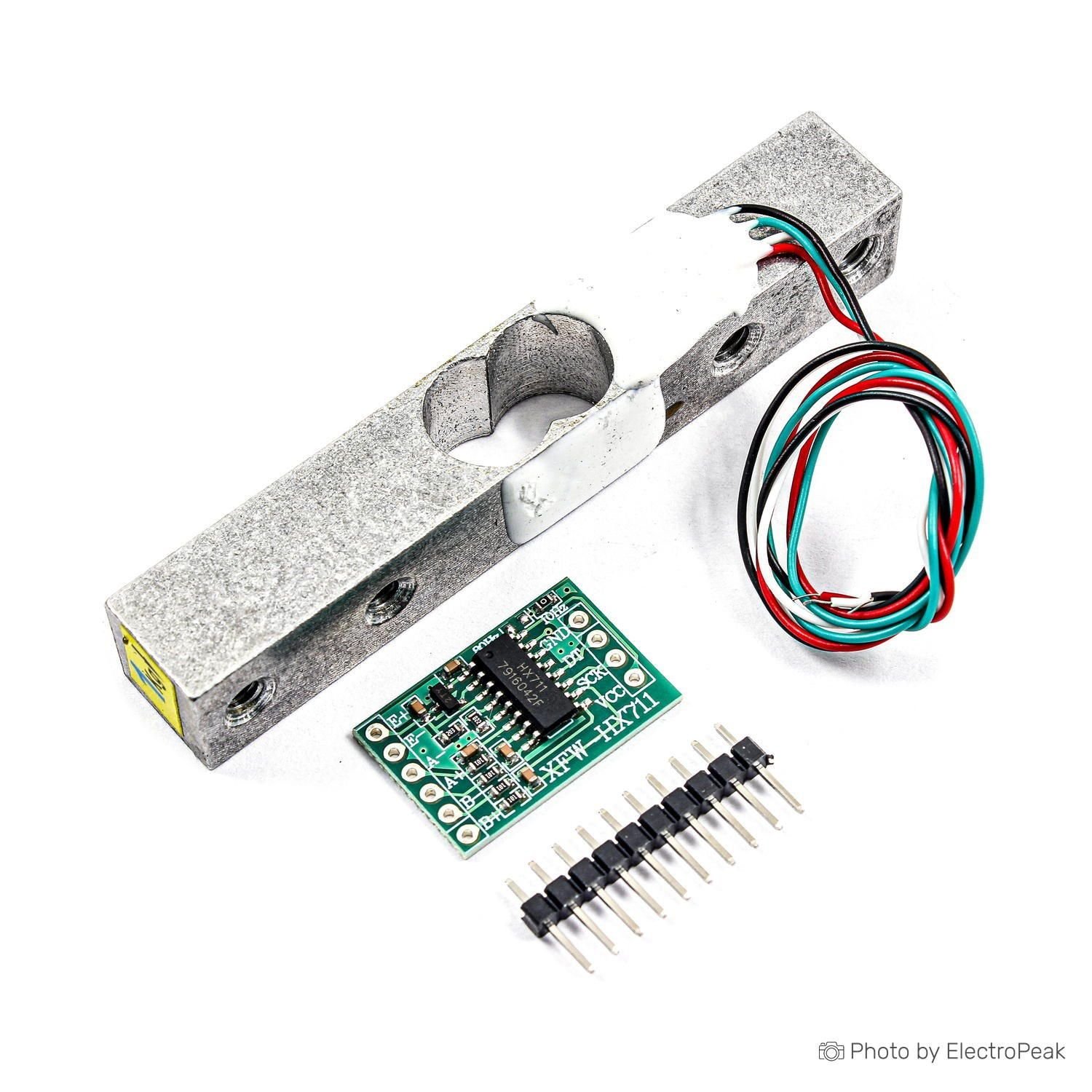
1KG Weight sensor Load Cell +...
RWF 5,500
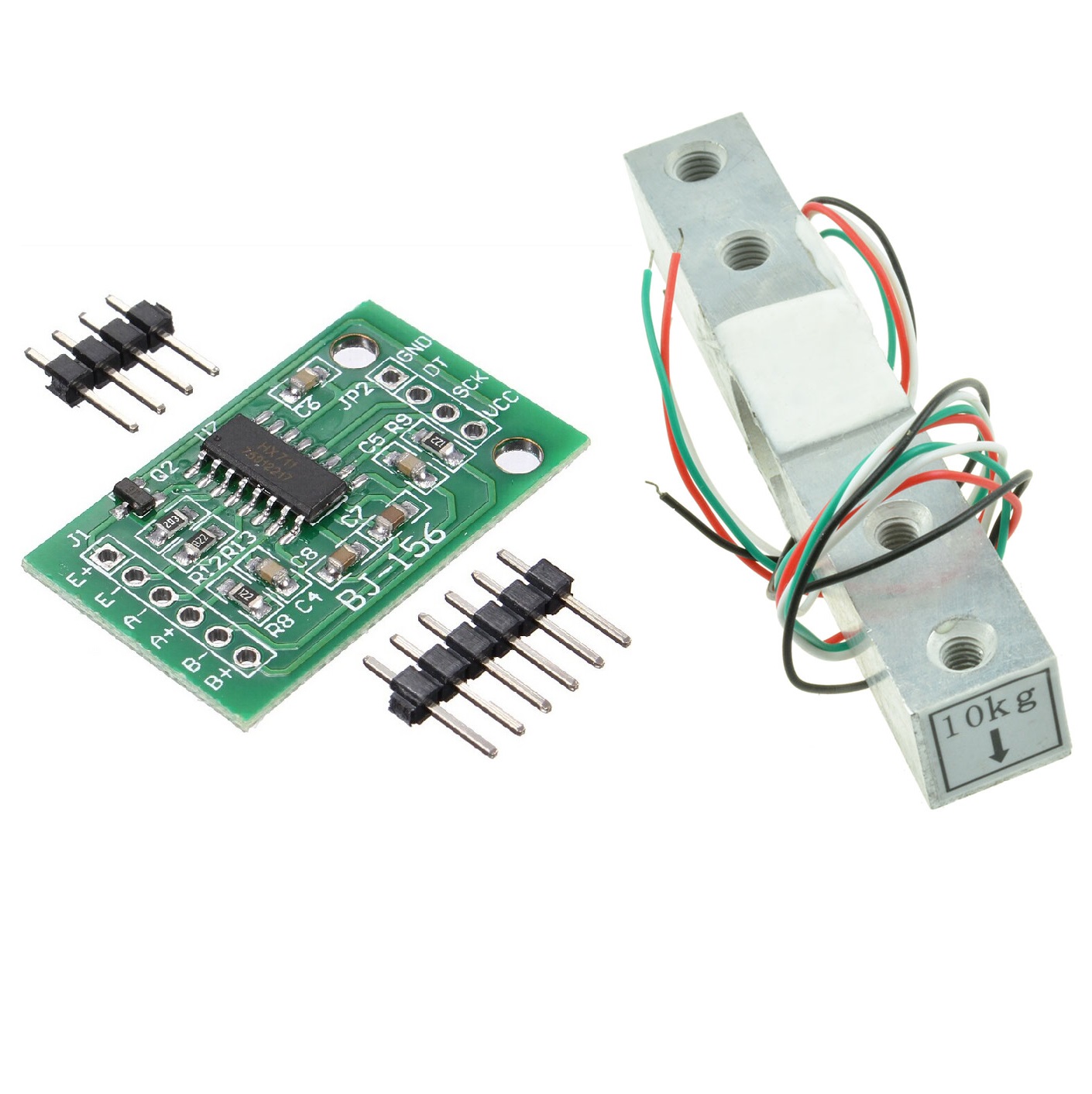
Load Cell 10kg Weight Sensor E...
RWF 8,000
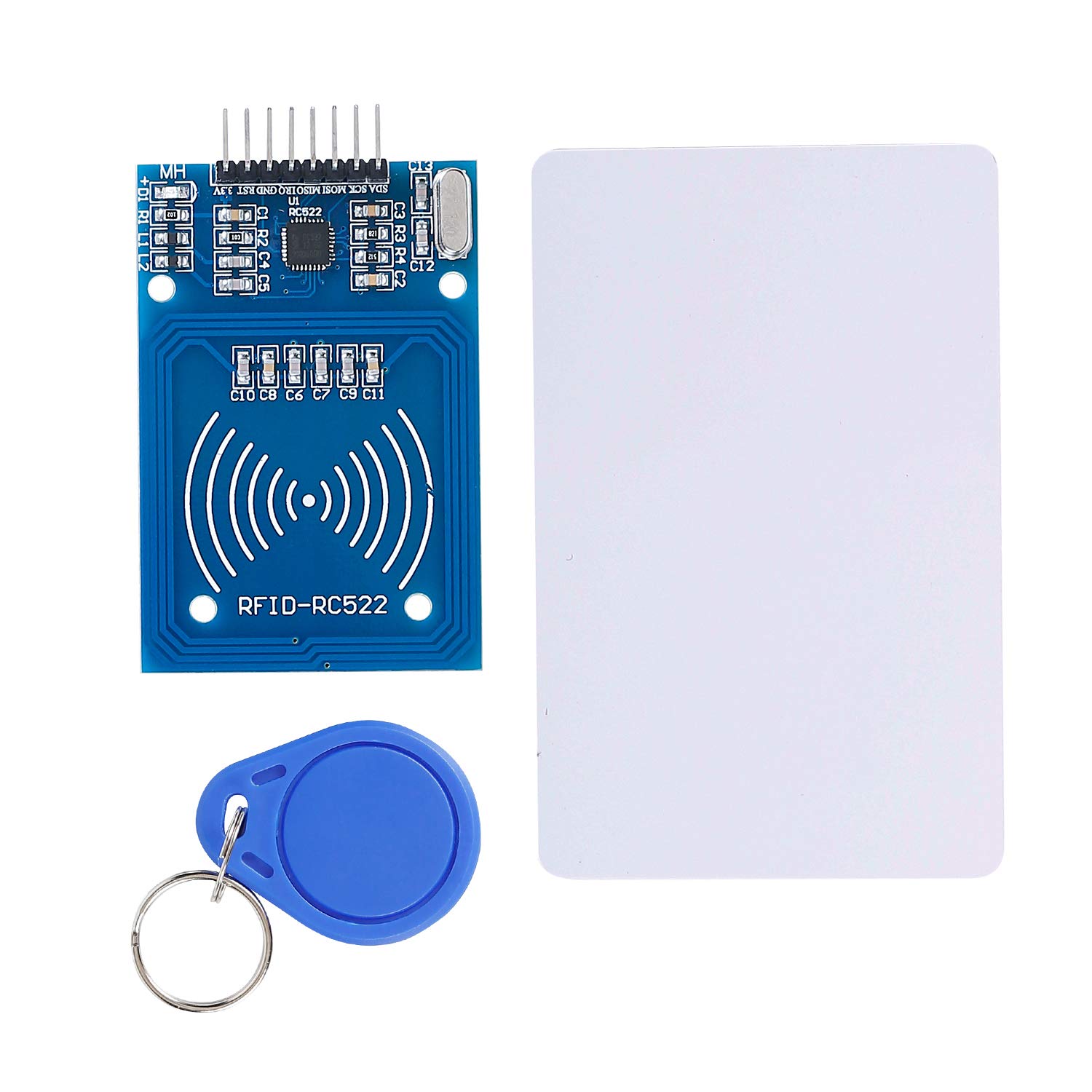
RFID Reader Module 13.56Mhz
RWF 6,500
RWF 6,000
